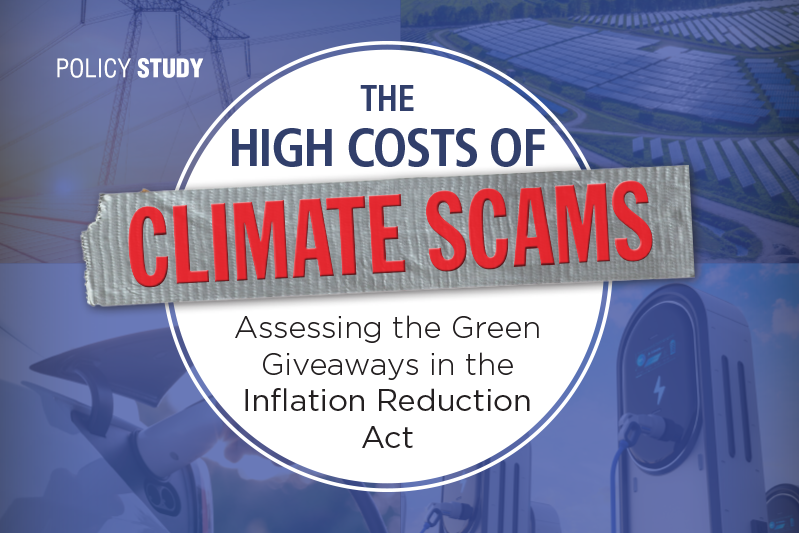A recent article in the Seattle Times, titled “From water destruction to deadly heat: Associated Press photographers capture climate change in 2024,” presents a series of photographs depicting various natural disasters and extreme weather events from 2024, attributing these occurrences to climate change. While the Associated Press (AP) imagery is compelling, it’s a false narrative because the article doesn’t distinguish between short-term weather events and long-term climate trends. Instead, the article conflates the two completely separate natural processes.
From Climate at a Glance, the World Meteorological Organization (WMO) defines climate as the “average weather conditions for a particular location and over a long period of time,” typically over 30 years. In contrast, weather refers to short-term atmospheric conditions. Therefore, individual weather events, no matter how extreme, do not constitute climate change.
Extreme weather events have occurred throughout history, independent of human-induced climate change. For instance, the Dust Bowl of the 1930s and the Great Blizzard of 1888 were catastrophic events that predate significant industrial CO₂ emissions. Attributing modern extreme weather solely to climate change overlooks the natural variability inherent in Earth’s climate system.
The perception of increasing extreme weather is often amplified by media coverage, including powerful photographs like those captured by the AP, and technological advancements. For example at Climate Realism it is pointed out that certain media outlets are now treating computer model projections the same as actual weather data. Plus, the proliferation of instant communication tools and 24/7 news cycles has led to more immediate and widespread reporting of weather events, creating a false impression of rising frequency and severity, even when statistical data does not show worsening trends.
The Intergovernmental Panel on Climate Change (IPCC) AR6 report, Chapter 11, concludes that changes in the frequency and intensity of most severe weather events have not been detected nor can they be attributed to human-caused climate change. Real-world data shows no significant increase in droughts, heatwaves, flooding, tropical cyclones, hurricanes, or tornadoes over the past 100 years.
Despite claims linking climate change to increased mortality from extreme weather, data indicates a significant decline in such deaths. Human mortality attributable to weather-related disasters, including floods, droughts, storms, wildfires, and extreme temperatures, has declined by more than 99% over the last 100 years. In the 1920s, deaths related to weather-related disasters averaged approximately 485,000 each year. By 2020, this number had fallen to approximately 7,790.
While the photographs featured in the Seattle Times article are evocative, it’s essential to approach the subject of weather and climate with a clear understanding of the distinction between the two, and the facts about extreme weather event trends firmly in mind. Attributing individual weather events directly to climate change without considering historical context and natural variability is a disservice to readers. However, given that the AP has received millions of dollars in grants to specifically write scary climate change stories from well-funded climate activists foundations, it seems that the agency and those that carry its stories and photographs, simply don’t care if their claims with regard to the science of climate change and weather trends are factual or not.





















